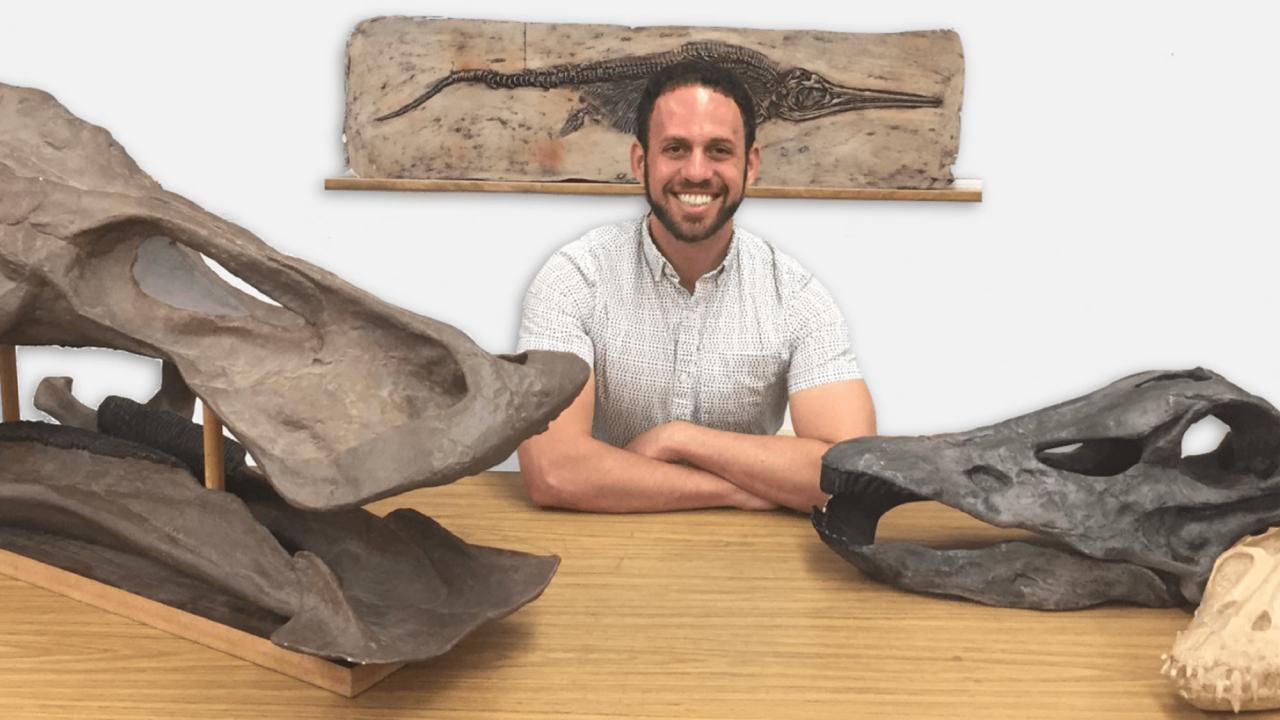Quick Summary
- National Science Foundation support for early-career faculty
- Recipients are called upon to integrate research and education
- UC Davis scores a university record 19 awards in 2020-21 cycle
- 3 more faculty members have earned CAREER awards for 2022
AWARD RECIPIENTS
- Brian Bailey
- Kyle Crabtree
- David Gold
- Marie Heffern
- Jonathan Herman
- Seung Sae Hong
- Fereydoun Hormozdiari
- Roopali Kukreja
- Ambarish Kulkarni
- Xinfan Lin
- Rebecca Lybrand
- Scott McCormack
- Tran Nguyen
- William Putnam
- Marina Radulaski
- Crystal Rogers
- Nitzan Shabek
- Zubair Shafiq
- Laura Starkston
- Aditya Thakur
- Jesus Velázquez
- Andrew Wetzel
- Da Yang
- Katerina Ziotopoulou
UC Davis’ academic foundation grew even stronger with a university record 19 assistant professors receiving National Science Foundation CAREER awards in the 2020-21 funding cycle. The five-year grants are especially noteworthy for supporting early-career faculty not only in their research but also in their development as outstanding educators.
The number of NSF CAREER awards coming to UC Davis in the last year and a half rises to 21 with the inclusion of two faculty newcomers with CAREER awards in hand upon joining the university in the second half of 2020. And, in recent weeks, three assistant professors have been named CAREER award recipients for 2021-22.
CAREER is shorthand for the Faculty Early Career Development Program, which describes the awards as the NSF’s most prestigious in support of faculty members beginning their independent careers and “who have the potential to serve as academic role models in research and education and to lead advances in the mission of their department or organization.”
“Activities pursued by early-career faculty should build a firm foundation for a lifetime of leadership in integrating education and research,” the program’s description states.
A record 35 UC Davis faculty members submitted CAREER award proposals in 2020 for projects with planned start dates in 2021. The Interdisciplinary Research Support unit of the Office of Research assisted with proposal preparation that yielded a better-than-50 percent success rate.
“The increase in CAREER award recipients illustrates the growing strength and breadth of our research community, especially our early-career faculty,” said Prasant Mohapatra, vice chancellor for research. “I would like to congratulate the recipients and look forward to seeing their research programs advance.”
UC Davis’ 19 “homegrown” CAREER award recipients are listed below, along with the two newcomers who earned CAREER awards before joining UC Davis during the 2020-21 funding cycle. These 21 listings are followed by three CAREER awards approved for 2022.
Each listing includes the recipient’s department and project description, including educational components such as outreach to K-12 students and the development of new graduate and undergraduate courses.
Click on any of the boxes to learn more about the project.
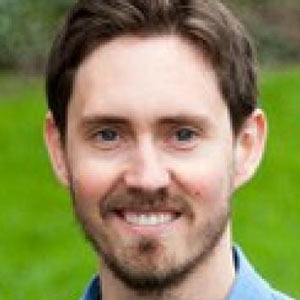
Brian Bailey
Department of Plant Sciences, College of Agricultural and Environmental Sciences
“Linking Canopy Structure and Function in Plant Water-Use Economy,” a study to better understand how light availability, plant architecture and leaf surface temperature interact, and measuring and predicting these interactions in three dimensions with a goal of boosting efficiency for an increased food supply. Educational component: Develop and use a novel model/data visualization tool to help educate the next generation of plant scientists.

Kyle Crabtree
Department of Chemistry, College of Letters and Science
“Complex Organic Molecules in Cold Interstellar Clouds,” a laboratory kinetics study to better understand the chemical raw ingredients that make up new solar systems as they are being born. Educational components: At the graduate level, research for a minimum of three Ph.D. theses; and, at the undergraduate level, a Course-based Undergraduate Research Experience, or CURE.
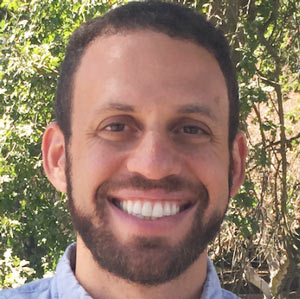
David Gold
Department of Earth and Planetary Sciences, College of Letters and Science
“An Evolutionary Framework for the Molecular Fossil Record,” a study of biosignatures, or chemical compounds, of organisms that lived in the past, gathering valuable data for use in exploring natural resources, tracking pollution sources, reconstructing the history of life on Earth and even looking for signs of life on Mars. Educational components: Develop courses to train young geologists in the use of genetic tools for their own research, and a mentoring program for Native American scholars.
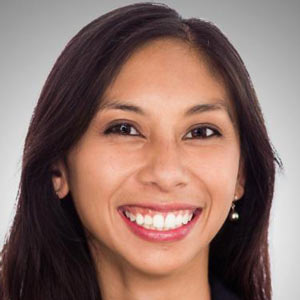
Marie Heffern
Department of Chemistry, College of Letters and Science
“Elucidating the Interaction Dynamics of Soil Metals with Flavonoids in the Plant Rhizosphere,” a study to untangle how plants chemically shape the region of soil surrounding their roots for the proper intake of essential metal micronutrients, avoiding toxicity and deficiency. Educational component: Develop a computer-based undergraduate research course platform to enhance community college STEM transfer pathways.
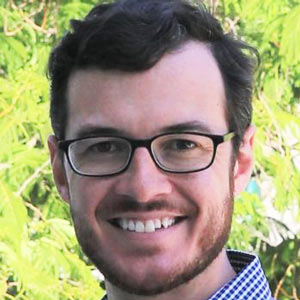
Jonathan Herman
Department of Civil and Environmental Engineering, College of Engineering
“Dynamic Adaptation of Water Resources Systems to Navigate Uncertain Hydrologic and Human Stressors,” a study to advance fundamental understanding of the coupled and evolving stressors facing water resources systems. Herman is leveraging this dynamic information to transform the process of adaptive planning, which involves determining how to navigate a range of possible future conditions as they unfold. “This goal is to be achieved within the context of the Northern California water resources system, supported by sustained engagement with state and local water agencies,” the abstract states.

Fereydoun Hormozdiari
Department of Biochemistry and Molecular Medicine, School of Medicine
“Computational Methods to Improve Our Understanding of the Diversity of Genomic Structural Variation,” a study to develop novel combinatorial methods to provide researchers with necessary tools to better capture the diversity of structural variations and their potential biological impact in a wide range of foci in genomics, from evolution to disease. Educational component: Provide training opportunities for undergraduate and graduate students interested in computational genomics.
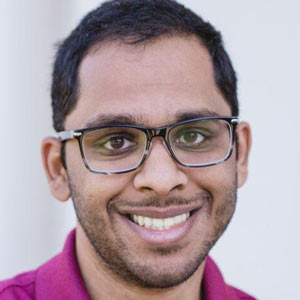
Ambarish Kulkarni
Department of Chemical Engineering, College of Engineering
“Designing Three-Dimensional Active Site Environments in Metal-Organic Frameworks for Oxygen Electrochemistry,” focusing on a new class of structurally modified metal organic framework catalysts to achieve lower-cost and higher-efficiency fuel cell technology. Educational components: Develop a research-oriented molecular modeling lab course and virtual reality-based chemistry modules for K-12 students.
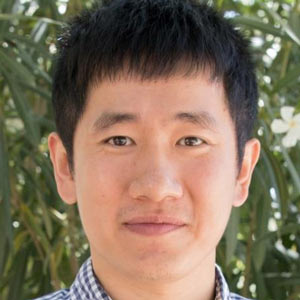
Xinfan Lin
Department of Mechanical and Aerospace Engineering, College of Engineering
“Active Learning of Second-Life Battery Systems by Combining Reinforcement Learning Principle and Device Physics,” research to develop a machine-learning framework that can check the health of any battery at any point quickly and accurately — thus contributing to second-life battery systems and accelerating the green energy revolution. Educational component: Under the theme of “Connecting Emerging ML/AI With Traditional Control,” promote machine learning (ML) and artificial intelligence (AI) education among engineering students and professionals, especially underrepresented minorities.
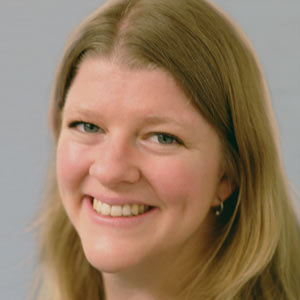
Rebecca Lybrand
Department of Land, Air and Water Resources, College of Agricultural and Environmental Sciences
“From Desert to Coastal Rainforest Soils — How Do Fungi Transform Minerals Deployed Across Natural Weathering Gradients?” A project that seeks to understand how fungi interact with abiotic environments to initiate mineral weathering and form soil in Earth’s critical zone, leading to economic and societal benefits with respect to soil preservation, agricultural activity and bioengineering given the ubiquitous nature of soil fungi in the environment. Educational component: Develop a bridge program called Soils and Outreach for Integrated Learning and Self-Efficacy, or SOILS, to enhance academic and social resources for incoming college students. Lybrand, an assistant professor, joined UC Davis in November 2020, coming from Oregon State University.

Scott McCormack
Department of Materials Science and Engineering, College of Engineering
“Computer Assisted Experimental Phase Equilibria (CAEPE),” integrating computational methods with advanced ultra-high temperature experimental techniques to more efficiently develop multicomponent phase diagrams, or process maps, essential in nearly all materials design. Educational component: Conduct outreach activities connecting high school students to university students (at the undergraduate and graduate level), and university students to professionals in industry.
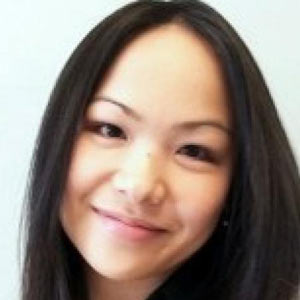
Tran Nguyen
Department of Environmental Toxicology, College of Agricultural and Environmental Sciences
“Chemistry of the Sulfate Radical Anion in Atmospheric Droplets,” An investigation into newly discovered pathways by which sulfur radicals can form in the environment and the potential importance of these reactions for influencing the composition of the atmosphere and understanding human-induced climate impacts. Educational components: Produce accessible scientific education materials on environmental chemistry topics, and disseminate the materials via broad digital platforms to precollege students, teachers, homeschooling parents and the general public; and integrate open-access atmospheric chemistry data into undergraduate education.
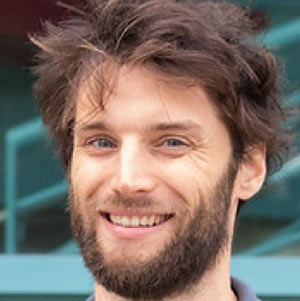
William Putnam
Department of Electrical and Computer Engineering, College of Engineering
“Chip-Scale, Field-Resolved Detection of Mid-Infrared Light,” research leveraging recent developments in ultrafast lasers and nonlinear optics to develop compact infrared spectrometers with vastly improved resolution and novel capabilities, thus enabling new applications across scientific disciplines. Educational components: Integrate the research themes into online educational content for graduate students working with ultrafast laser technology; explore educational strategies at the undergraduate level; and conduct outreach events for local K-12 students, to promote engineering and photonics.
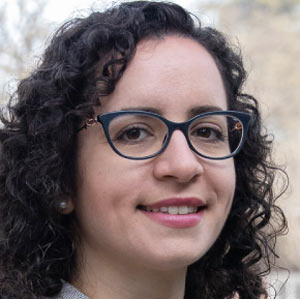
Marina Radulaski
Department of Electrical and Computer Engineering, College of Engineering
“Scalable Quantum Photonics Based on Color Center Integration With Angle-Etched Silicon Carbide Devices,” a study to solve the challenging problem of integrating color centers (optically active defects in semiconductors) into nanophotonic devices, thus improving the quantum hardware performance for applications in quantum communication, computation and simulation. Educational components: Create interactive quantum educational software, organize outreach activities at a local youth club and high school, and integrate hands-on research modules in Radulaski’s “Quantum Information Technologies” graduate course.

Nitzan Shabek
Department of Plant Biology, College of Biological Sciences
“Structural and Functional Elucidation of Strigolactone Signaling Pathway,” a study of an emerging and unique class of plant hormones that regulate many aspects of growth and development, and which may have far-reaching impacts in agricultural technology, including germination control of crops and parasitic weeds. Educational components: Develop a modern biochemistry classroom with an interactive curriculum that integrates advanced visualization tools, to encourage young students to pursue knowledge in STEM; and present workshops promoting STEM education for underrepresented groups.

Zubair Shafiq
Department of Computer Science, College of Engineering
“Quality of Experience and Network Management in the Encrypted Internet,” a study aimed at improving content delivery in the face of encryption that, even though it is essential, can significantly degrade internet users’ quality of experience. Educational component: Engagement with undergraduates and underrepresented minority students as the project seeks to improve the internet experience of modern high-throughput low-delay applications such as augmented reality and virtual reality video streaming, especially for users in underserved areas with poor internet connectivity. Shafiq, an associate professor, joined UC Davis in July 2020, coming from the University of Iowa.
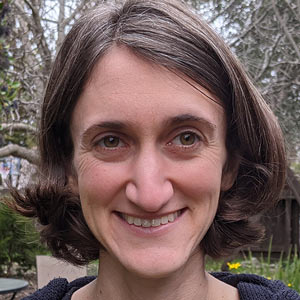
Laura Starkston
Department of Mathematics, College of Letters and Science
“Symplectic 4-Manifolds and Singular Symplectic Surfaces,” a study of new frontiers in the geometry of four-dimensional spaces, which play important roles in the mathematical areas of topology and geometry, as well as in models of important physical systems. Educational components: Create a new undergraduate course, run speaking workshops for graduate students, develop a paired graduate-undergraduate reading program, and organize workshops, summer schools and conferences.

Aditya Thakur
Department of Computer Science, College of Engineering
“Provable Patching of Deep Neural Networks,” research to develop techniques and tools to reduce or eliminate mistakes in trained DNNs, a type of machine-learning algorithm loosely modeled after the human brain and which aim to mimic human intelligence by learning from experience. Educational components: Develop new undergraduate and graduate courses related to program correctness and formal methods, and broaden the participation of computer science undergraduate students by developing education and research activities targeting community college and transfer students.
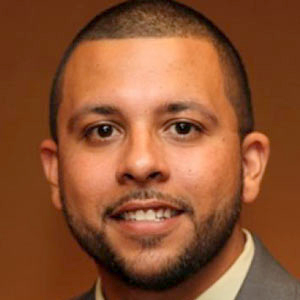
Jesus Velázquez
Department of Chemistry, College of Letters and Science
“Blueprint for Unlocking New Energy Conversion Functionality in Chalcogenide Frameworks Through Precisely Designed Composition, Electronic Structure and Surface Coordination,” a study to accelerate the discovery of economically viable energy conversion materials in the form of chalcogenides (chemical compounds containing sulfur, selenium or tellurium), many of which are semiconductors and can harness sunlight to create fuels from carbon dioxide or convert solar energy into electricity. Educational components: Train undergraduate and graduate students to solve problems at the interface between solid-state materials chemistry and chemical engineering (specifically supporting underrepresented minority and first-generation students), and integrate modern solid-state chemistry and engineering research into high schools, thereby providing aspiring scientists with the tools required to successfully engage in STEM research.
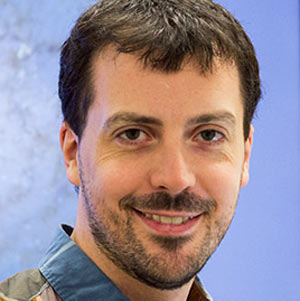
Andrew Wetzel
Department of Physics and Astronomy, College of Letters and Science
“Galactic Archeology — Understanding the Building Blocks of the Milky Way Across Cosmic Time,” a study involving supercomputer simulations that also produce synthetic observations for comparison with real-world data. “It’s as if we put a person inside the model and measure what they would observe using a telescope on Earth,” Wetzel said. Educational component: Develop and disseminate the GalaxyLab program and use it to teach an undergraduate computational astrophysics class.
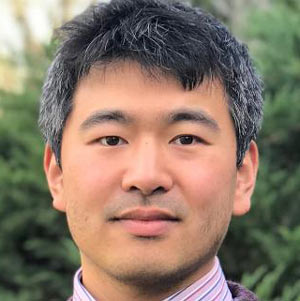
Da Yang
Department of Land, Air and Water Resources, College of Agricultural and Environmental Sciences
“Exploring the Role of Vapor Buoyancy in Clouds, Circulation and Climate,” a study that follows up on Yang’s recent research showing that cold air rises in the tropical free troposphere due to the buoyancy effect of water vapor. His goal is to mitigate the uncertainty surrounding future climate change and improve the representation of vapor buoyancy in climate models. Educational components: Create new college course materials and establish an education program to provide learning experiences for high school and university students in the Sacramento area, who are mostly from underrepresented groups.
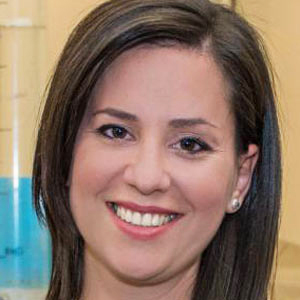
Katerina Ziotopoulou
Department of Civil and Environmental Engineering, College of Engineering
“Soil Liquefaction Evaluations at Multiple Scales: Reshaping Research, Training and Education Through Physics-Guided Data Science,” geotechnical engineering research to develop robust, validated tools that contribute to reducing earthquake damage from soil liquefaction. Accomplished by integrating physics-based and data-driven methods. Educational component: Foster interdisciplinary thinking to achieve creative solutions in research and practice, data science literacy, diversity to develop geoengineering solutions on a wealth of perspectives and experiences, and communication skills to engage in teamwork and effective dissemination—four core competencies to help prepare geotechnical engineers for the workplace of the future.
2022 CAREER awards
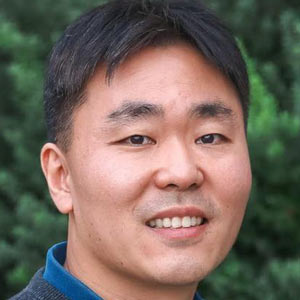
Seung Sae Hong
Department of Materials Science and Engineering, College of Engineering
“Van der Waals Heterostructures of Magnetic Oxide Membranes,” a project in which Hong is mechanically stacking oxide membranes in various combinations, seeking to design a new heterostructure whose interfacial magnetic properties can be useful for future information technologies. Educational component: Conduct outreach at the K-12, undergraduate and graduate levels to help train the next-generation STEM work force from diverse cultural backgrounds.
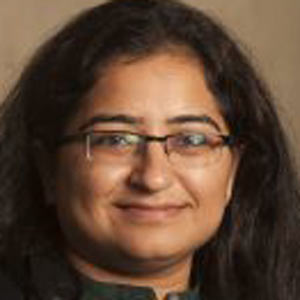
Roopali Kukreja
Department of Materials Science and Engineering, College of Engineering
“Understanding the Interplay of Magnetism, Structure and Composition in High Entropy Alloys,” a study that involves the development of a microscopic view of an HEA system — and thus enable material design for a wide variety of magnetic applications including electrical power generation and transmission, permanent magnets, aeronautics and consumer electronics. Educational components: Provide training for graduate and undergraduate students in interdisciplinary fields at the intersection of materials science, physics and chemistry; conduct outreach to female and minority undergraduate students; and collaborate with existing programs to engage community college students in science, technology, engineering and mathematics.
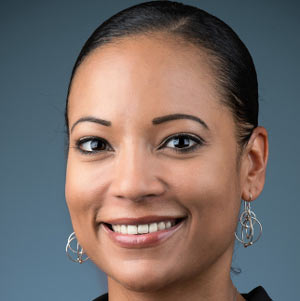
Crystal Rogers
Department of Anatomy, Physiology and Cell Biology, School of Veterinary Medicine
“Functional Analysis of Crest EffectorS (FACE) in Craniofacial Development,” a study to enhance knowledge of how embryonic neural crest stem cells form the tissues that make the faces of closely related organisms, and how these stem cells give rise to distinct outer appearances. Educational component: Provide hands-on research opportunities and long-term mentoring for undergraduate students.
Media Resources
Dateline Staff: Dave Jones, editor, 530-752-6556, dateline@ucdavis.edu; Cody Kitaura, News and Media Relations specialist, 530-752-1932, kitaura@ucdavis.edu.
